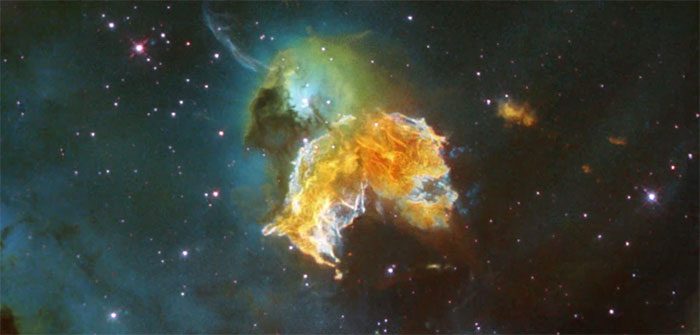On March 27, the Weizmann Institute of Science (WIS) in Israel announced that a multinational team of astronomers, led by WIS, has captured a supernova that is incredibly rare, providing an unprecedented “picture” of this astronomical event.

A supernova explosion. (Source: aasnova.org).
Supernovae are instantaneous astronomical events that occur in the final stages of the evolution of massive stars.
This event typically concludes with a massive explosion, marking the destruction of a star. Supernova explosions are one of the reasons astronomers believe that everything in the universe is made from stardust.
According to an article published in the journal Nature, the research team utilized the Hubble Space Telescope from NASA to witness in real-time one of the nearest supernovae in decades, which is a red supergiant star exploding in the neighboring Messier 101 galaxy.
This is the first time researchers have been able to closely monitor a supernova as its light emanates from the material surrounding the site of the star’s explosion. They subsequently collected data from the moment it was still a red supergiant to create the most comprehensive depiction of the supernova.
The research team also discovered a void believed to be a black hole amidst the mass of material expelled from the star during the explosion and its initial mass.
Astronomers concluded that this study provides a “once-in-a-lifetime” opportunity to gain a deeper understanding of the mechanisms leading to the end of a star’s life cycle and the formation of something entirely new.


















































